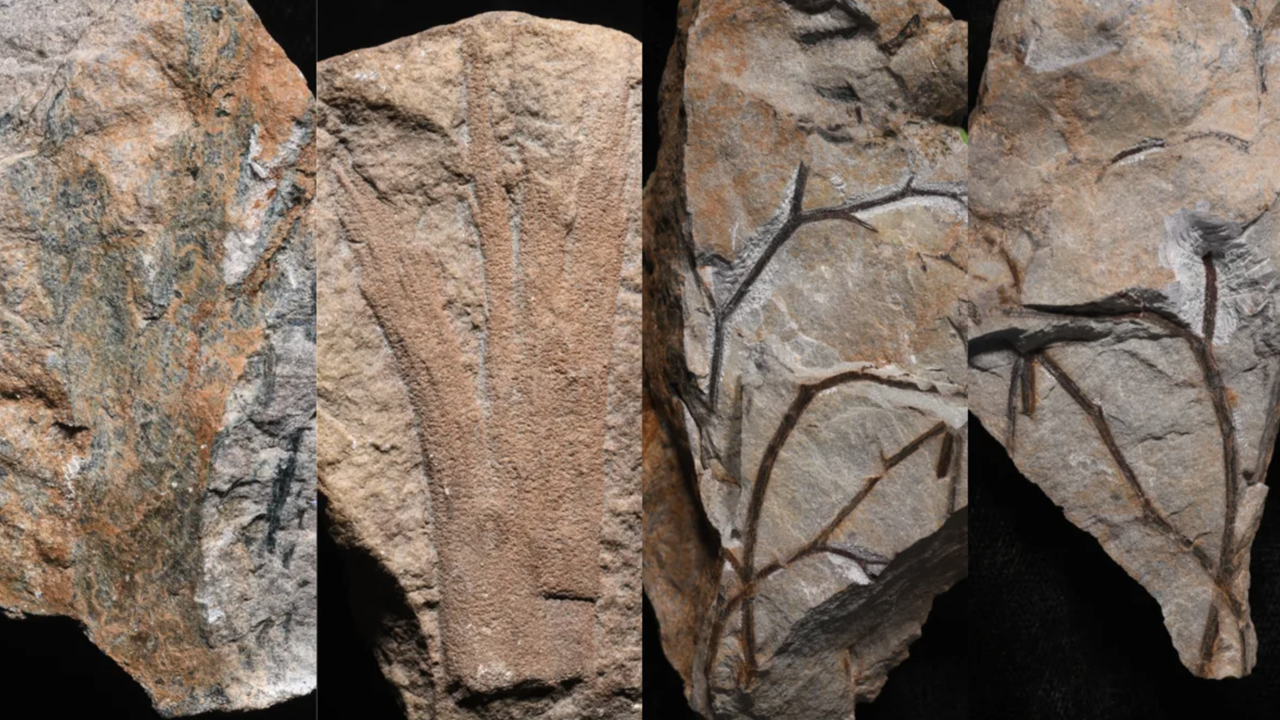England unearths oldest known forest, dating back 390 million years
Researchers in Somerset, England, have found 390-million-year-old Calamophyton tree fossils, providing unprecedented insights into the early development of terrestrial ecosystems and landscape formation

Scientists have made a remarkable discovery along the coast of South West England: the world's oldest known fossilized forest, dated back to 390 million years ago.
This discovery surpasses the previous record-holder in New York State by about 4 million years, reshaping the understanding of the Earth’s early landscapes.
Located near Minehead, Somerset, on high sandstone cliffs, the forest hails from the Devonian Period, a time of significant life expansion onto land.
The findings reveal the forest as a collection of Calamophyton trees, akin to palm trees in appearance but fundamentally different in structure and growth.
"These trees, the largest standing between two and four meters tall, were a kind of 'prototype' of today's trees," explains Dr. Christopher Berry from Cardiff's School of Earth and Environmental Sciences.
He emphasizes the excitement of the discovery, stating, "When I first saw pictures of the tree trunks, I immediately knew what they were, based on 30 years of studying this type of tree worldwide."
The forest's uniqueness extends beyond its age. Prof. Neil Davies from Cambridge's Department of Earth Sciences, the study's first author, points out its distinct features, noting, "This was a pretty weird forest –not like any forest you would see today."
He elaborated on the lack of undergrowth and grass and the influence of densely packed trees dropping twigs on the landscape.
The discovery of the Devonian forest extends beyond just setting a record for the age of fossilized trees; it also offers critical insights into the evolution of terrestrial ecosystems.
These ancient Calamophyton trees played a pivotal role in shaping our planet's landscapes early on.
Their presence significantly contributed to stabilizing riverbanks and coastlines, an ecological function that had profound implications for the formation of Earth's diverse habitats.
This finding helps scientists better understand how the first complex ecosystems developed and interacted with the geophysical environment, shedding light on the dynamics that led to the rich biodiversity we see today.
Paul Kenrick, an expert on plant fossils at the Natural History Museum, who was not involved in the study, remarks on the significance of these findings for understanding plant life's historical development.
The groundbreaking discovery of this prehistoric forest resulted from meticulous research and innovative techniques.
The team, comprising experts from Cambridge and Cardiff Universities, conducted extensive fieldwork along the Hangman Sandstone Formation, a location previously underestimated for its palaeobotanical potential.
Utilizing advanced geological mapping and fossil analysis, the researchers could precisely date the fossils and reconstruct the forest's original environment.
This methodical approach confirmed the trees' age and provided a rare glimpse into the physical arrangement and ecological characteristics of the world's earliest known forest.
Source: Newsroom







